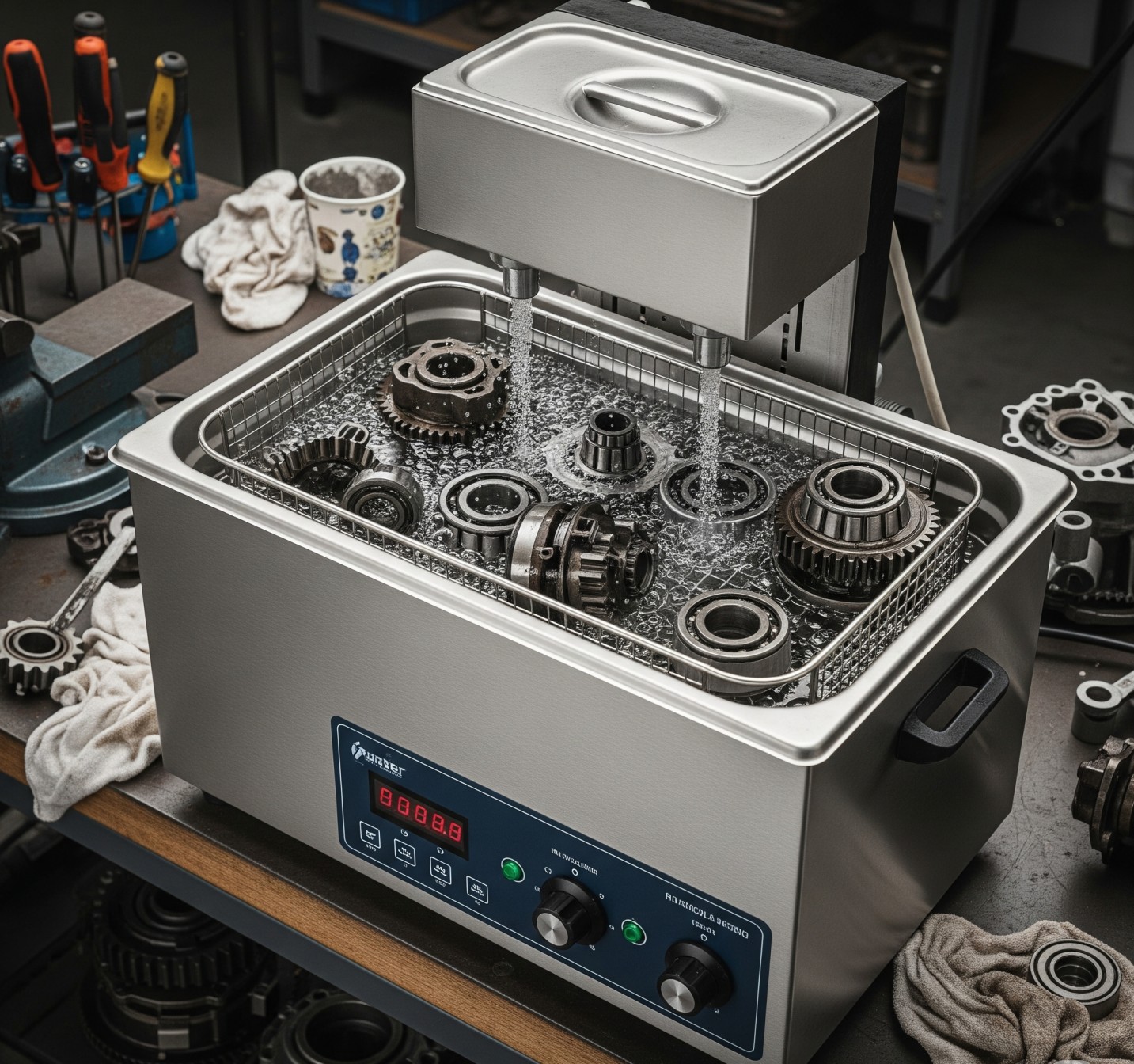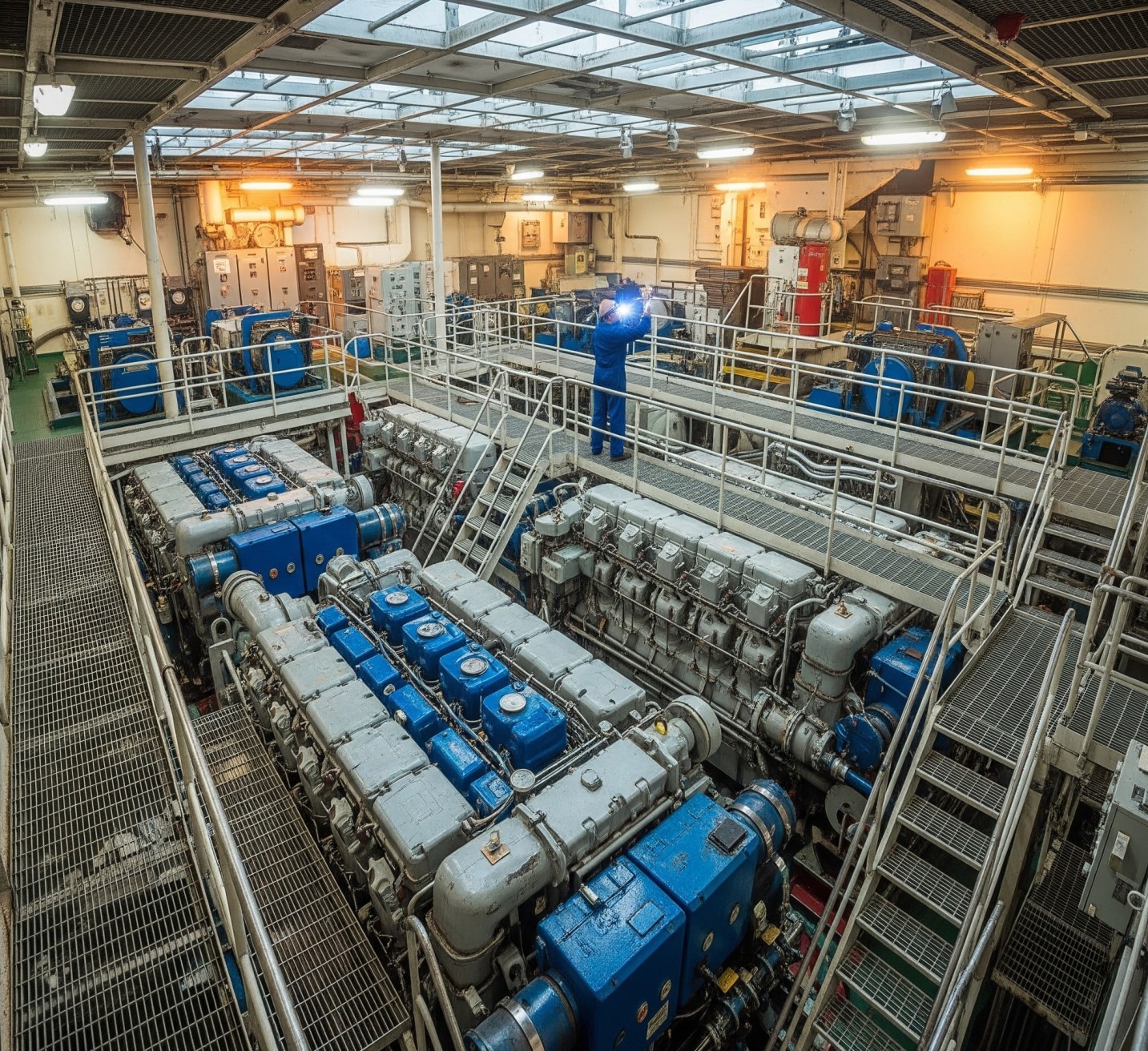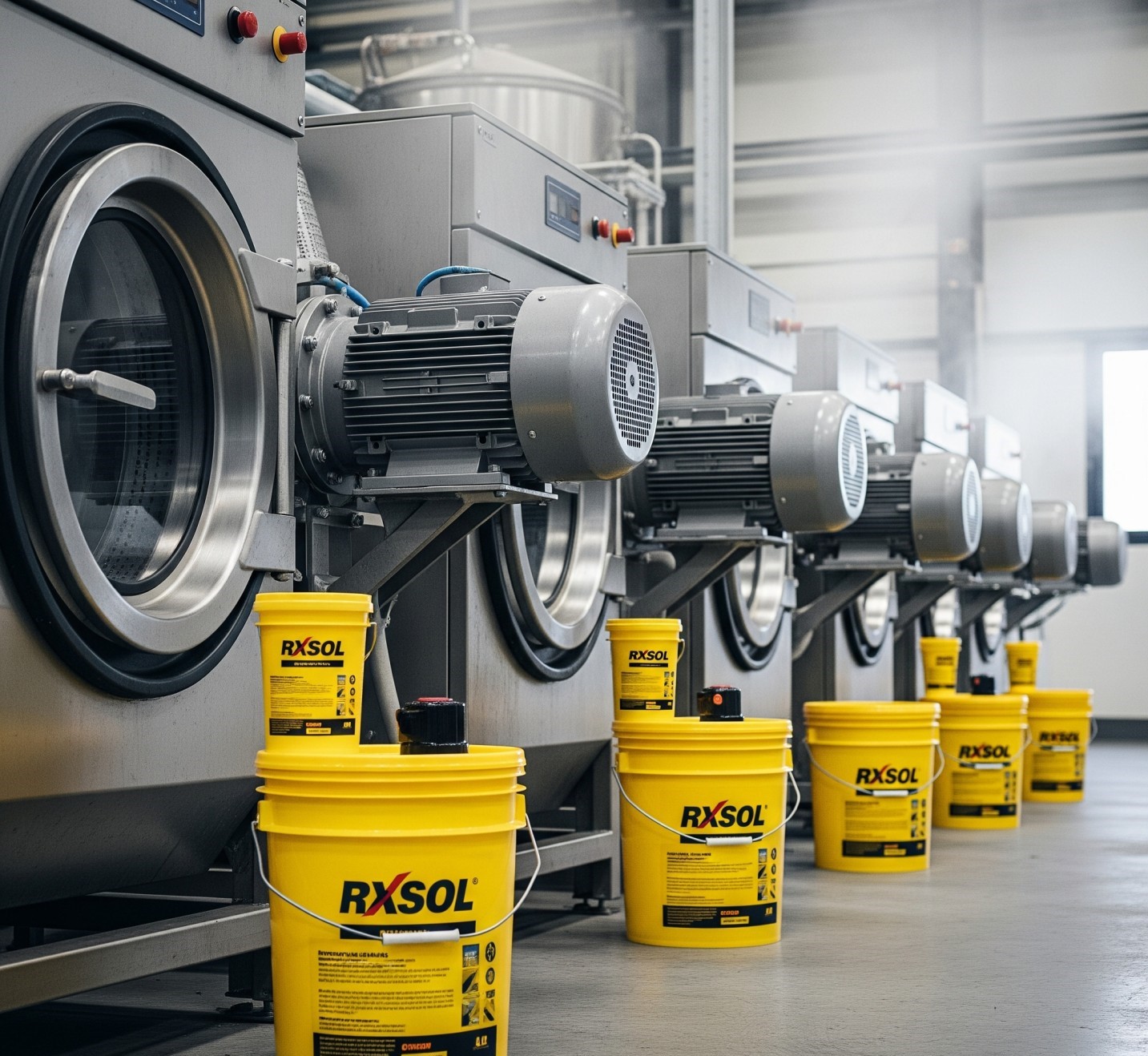Muscat Chemical is one of the Ethylene glycol manufacturers, exporters, and suppliers in Fujairah, Dubai, Sharjah, Abu Dhabi, Doha, Kuwait, Muscat Oman. We are supplied to various industrial markets including Household, Institutional Cleaning, Personal Care, and Industrial sectors including Oil fields, chemical, Animal feed additive, Food additive, Agrochemical, Fertilizer, pharmaceuticals, water treatment, Minerals, Lubricants, Marine Industry, Metal Working chemical industry, and Coatings markets.
Ethylene glycol (IUPAC name: ethane-1,2-diol) is an organic compound with the formula (CH2OH)2. It is mainly used for two purposes, as a raw material in the manufacture of polyester fibers and for antifreeze formulations. It is an odorless, colorless, sweet-tasting, toxic, viscous liquid.
CAS No.: 107-21-1
Formula: C2h6o2
EINECS: 203-473-3
Type: Synthesis Material Intermediates
Appearance: Liquid
Quality: Industrial
Ethylene glycol is mainly used as the solvent for synthetic resin, painting, enamel, grease and paint remover. It is used as medicine extractor in pharmacy industry and resin plasticizer in plastic industry, fiber lubricator in textile industry and dispersing agent of chemical fiber oil reagent. It can also be used as dispersing agent of pesticide, solvent for dry cleaning and cutting oil and organic synthetic intermediate, assistant solvent of mineral oil emulsion and analysis reagent.
Other names
Ethylene glycol
1,2-Ethanediol
Ethylene alcohol
Hypodicarbonous acid
Monoethylene glycol
1,2-Dihydroxyethane
Applications
Minor uses of ethylene glycol include the manufacture of capacitors, as a chemical intermediate in the manufacture of 1,4-dioxane, as an additive to prevent corrosion in liquid cooling systems for personal computers, and inside the lens devices of cathode-ray tube type of rear projection televisions. Ethylene glycol is also used in the manufacture of some vaccines, but it is not itself present in these injections. It is used as a minor (1–2%) ingredient in shoe polish and also in some inks and dyes. Ethylene glycol has seen some use as a rot and fungal treatment for wood, both as a preventative and a treatment after the fact. It has been used in a few cases to treat partially rotted wooden objects to be displayed in museums.
It is one of only a few treatments that are successful in dealing with rot in wooden boats, and is relatively cheap. Ethylene glycol may also be one of the minor ingredients in screen cleaning solutions, along with the main ingredient isopropyl alcohol. Ethylene glycol is commonly used as a preservative for biological specimens, especially in secondary schools during dissection as a safer alternative to formaldehyde. It is also used as part of the water-based hydraulic fluid used to control subsea oil and gas production equipment.
Ethylene glycol is used as a protecting group in organic synthesis to protect carbonyl compounds such as ketones and aldehydes.
Silicon dioxide reacts in heated reflux under dinitrogen with ethylene glycol and an alkali metal base to produce highly reactive, pentacoordinate silicates which provide access to a wide variety of new silicon compounds. The silicates are essentially insoluble in all polar solvents except methanol.
Dehydrating agent
Ethylene glycol is used in the natural gas industry to remove water vapor from natural gas before further processing, in much the same manner as triethylene glycol (TEG).
Hydrate inhibition
Because of its high boiling point and affinity for water, ethylene glycol is a useful desiccant. Ethylene glycol is widely used to inhibit the formation of natural gas clathrates (hydrates) in long multiphase pipelines that convey natural gas from remote gas fields to a gas processing facility. Ethylene glycol can be recovered from the natural gas and reused as an inhibitor after purification treatment that removes water and inorganic salts.
Natural gas is dehydrated by ethylene glycol. In this application, ethylene glycol flows down from the top of a tower and meets a rising mixture of water vapor and hydrocarbon gases. Dry gas exits from the top of the tower. The glycol and water are separated, and the glycol recycled. Instead of removing water, ethylene glycol can also be used to depress the temperature at which hydrates are formed. The purity of glycol used for hydrate suppression (monoethylene glycol) is typically around 80%, whereas the purity of glycol used for dehydration (triethylene glycol) is typically 95 to more than 99%. Moreover, the injection rate for hydrate suppression is much lower than the circulation rate in a glycol dehydration tower.
Anti-freeze
Pure ethylene glycol freezes at about −12 °C (10.4 °F) but, when mixed with water, the mixture freezes at a lower temperature. For example, a mixture of 60% ethylene glycol and 40% water freezes at −45 °C (−49 °F). Diethylene glycol behaves similarly. The freezing point depression of some mixtures can be explained as a colligative property of solutions but, in highly concentrated mixtures such as the example, deviations from ideal solution behavior are expected due to the influence of intermolecular forces. It's important to note that though pure and distilled water will have a greater specific heat capacity than any mixture of antifreeze and water, commercial antifreezes also typically contain an anti-corrosive additive to prevent pure water from corroding coolant passages in the engine block, cylinder head.
Uses are mainly used to produce polyester resins, alkyd resins, plasticizers, antifreezes, and also used in cosmetics and explosives. Used as analytical reagents, chromatographic analysis reagents and capacitor media. Ethylene glycol is the fungicide tebuconazole and oxacin. Intermediate of Myelin.
Ethylene glycol is mainly used to prepare antifreeze for automobile cooling system and to produce polyethylene terephthalate (raw material of polyester fiber and polyester plastic), and it can also be used to produce synthetic resins, solvents, and lubricants. , Surfactants, softeners, humidifiers, explosives, etc.
Ethylene glycol can often be used instead of glycerin, used as a hydrating agent and solvent in the leather and pharmaceutical industries, respectively. Ethylene glycol has a strong solubility, but it is easily metabolized and oxidized to produce toxic oxalic acid, so it cannot be widely used as a solvent.
Adding glycol to the hydraulic fluid can prevent the oil-based hydraulic fluid from corroding the rubber in the system; the water-based hydraulic fluid with glycol as the main component is an incombustible hydraulic fluid, which is used in airplanes and automobiles And high-temperature molding presses. Ethylene glycol has many important derivatives.
Low molecular weight polyethylene glycol (monoethylene glycol, diethylene glycol, triethylene glycol or called diethylene glycol, triethylene glycol, and four Chemicalbook glycol respectively) is actually made by hydration of ethylene oxide A by-product of ethylene glycol.
1. Used for production of polyester fiber, hygroscopic agent, plasticizer, surfactant, synthetic fiber, cosmetics, explosives, glyoxal etc.;
2. Used as the antifreezer, condensing agent, secondary refrigerant of industrial cooling capacity and raw material of synthetic fiber, also used as gas dehydrant and in producing resin etc.;
3. Used as the solvent and diluent of printing ink, industry cleaning agent, coating, dyeing etc.. Medicine intermediates;Used as the electrolyte of electrolytic capacitor, dye of leather and chemical fiber etc.
4. Used as the textile assistant and the raw material of desulfurizer in production of fertilizer and oil refining.
OUR ADVANTAGE
1.Quickly and timely response
2.Quick and professional Delivery of chemicals
3.Professional technical support and after-sales service
4.Full set of Hazard Chemical Exporting Licenses
5.Continuous and stable supply chemicals with professionally deal Bulk Vessel,ISO Tank and containers transportation
Al Mazunah Free Zone strategically located in the south west of Oman on the Oman–Yemen border.
Knowledge Oasis Muscat is a public-private sector led Technology Park situated in a 68 hectare site situated at 32 km from Muscat.
Salalah Free Zone is located in a strategic location in Salalah with access to Europe, Asia, Africa and Australia. Besides access to world’s fastest growing markets, the zone also offers a whole host of other business advantages.
Special Economic Zone is to be created in Port of Sohar. The zone will encompass a serious center of manufacturing with low investment and highest possible added value.
We are trying our best to supply every chemical you may wish to buy. However, if there is something you can’t find, feel free to contact us and we will find just what you are looking for and offer you a competitive price. We have many customers in the United States, Canada, Mexico, Australia, United Kingdom, and European Union countries and retain long-term cooperation. For more information or to request a particular product, call customer services or Given website Email address.
mail@muscatchemical.com




